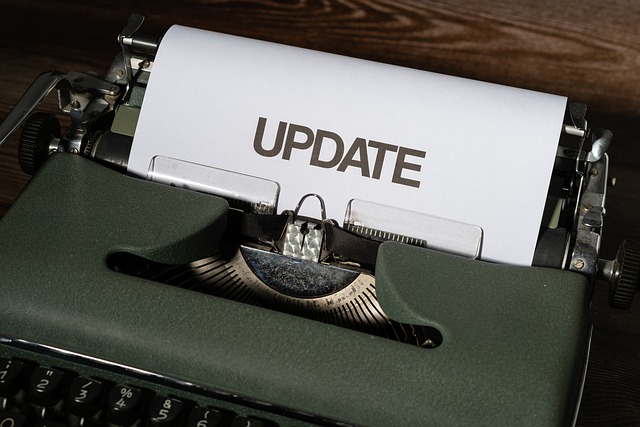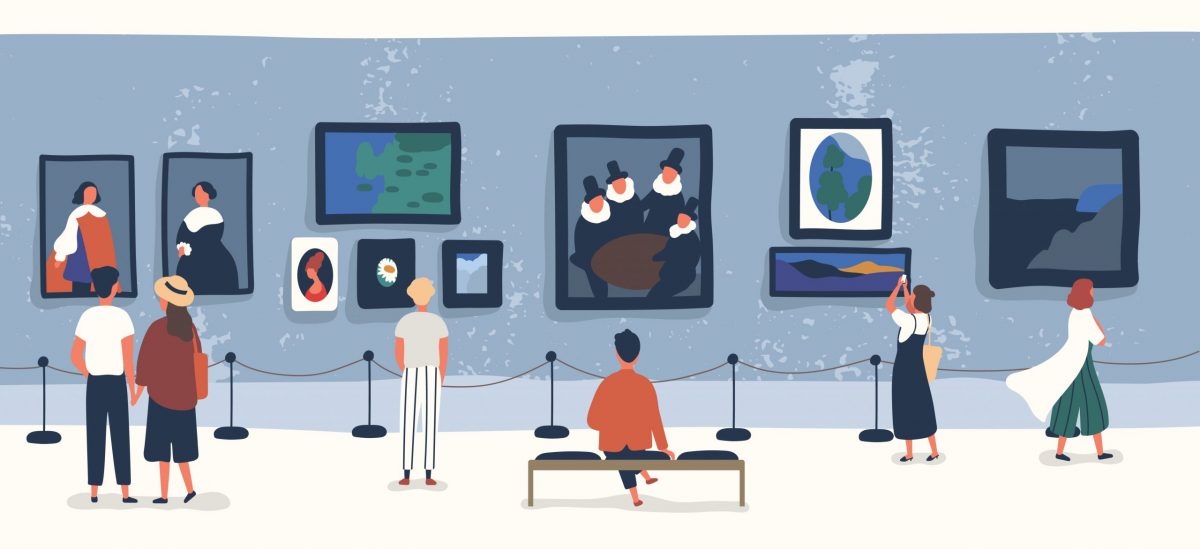
Nonprofit Newsrooms and Charity Oversight (Part One)
11.21.2024 | Linda J. Rosenthal, JD

The COVID-19 pandemic has wreaked havoc all around the nonprofit sector. Among the hardest hit are arts organizations. A recent news item sums up the pain: Brooklyn Museum to Sell 12 Works as Pandemic Changes the Rules (September 16, 2020) Robin Pogrebin, The New York Times.
“Selling off work from a museum — known as deaccessioning — to pay for operating costs has long been taboo.” Under well-established rules of The Association of Art Museum Directors (AAMD), a museum may use proceeds from sale of works in its collection only to acquire more artwork. “You don’t sell off the thing that is the core of a museum — you don’t sell books out of a library,” says Robert Storr, critic and curator. This rule has been backed up by significant sanctions.
The Brooklyn Museum, though, will not face penalties. That’s because of a swift policy-about-face by the AAMD adopted in the first weeks of the COVID-19 lockdown orders. It was clear right away that the nation’s cultural institutions – dependent on admission fees and ticket sales – were about to take a massive financial hit. So, as long as a museum uses “proceeds from deaccessioned art to pay for expenses associated with the direct care of collections,” there will be no fine.
This action marks an abrupt philosophical and policy change from a hard-line position taken by the AAMD and the art world generally in recent years.
For instance, in 2008 – (for the first time ever) – the museum directors’ association “had censured an art institution, ‘instructing its 180 members to stop lending to and collaborating with the museum in question, and releasing a hardline policy on the selling of works.” One of the aims of this strict anti-deaccessioning posture was to thwart the temptation of a museum board of trustees from seeing its museum “as a bank.” A related fear has been the possibility of self-dealing between trustees and their cash-strapped institutions needing to sell off treasured art works.
The AAMD continued to pursue and sanction violators including New York’s National Academy of Design, the Delaware Art Museum, and the Berkshire Museum in Massachusetts. The art world generally joined in the punishment by ostracizing the offending museums.
We covered the Berkshire Museum saga as it unfolded beginning in the summer of 2017. See Controversial Decision For Berkshire Museum (October 11, 2017) and Berkshire Museum Drama Heats Up (November 14, 2017). The trustees of this revered century-old cultural icon in lovely Pittsfield, Massachusetts, suddenly announced a decision to sell – that is, to deaccession – “some 40 valuable and cherished works of art at a Sotheby’s auction set for November 2017.”
Explaining there was no other choice to deal with the museum’s serious financial woes, the trustees characterized the move as “adapt, migrate or go extinct.” Berkshire staff and the local community were stunned. There was immediate and sustained opposition that resulted in lawsuits. “Around the nation, the artworld had a collective apoplectic fit at the news of the proposed sell-off.”
After many months, the court sided with the trustees, allowing the sale to proceed, albeit with some restrictions. See The End Of The Berkshire Museum Saga: Everyone Loses (May 2, 2018). “But this is hardly a full-blown win for that side; in addition to huge legal fees and costs, they will face ongoing anger and mistrust from opponents, and the reputational damage to the institution may be permanent.”
In mid-September 2020, the Brooklyn Museum made a deaccessioning decision that, just a year earlier, may have resulted in penalties and pillorying from the art establishment.
With roots going back to the early nineteenth century, it is “one of the oldest and largest art museums in the United States.” It has an “encyclopedic collection” of art, but with a “large building that is far from Manhattan’s Museum Mile, the organization has long struggled financially.”
The Museum announced it will put twelve works up for auction at Christie’s in October 2020. The goal is to establish a $40 million fund that can generate $2 million a year, “to pay for the collection’s care.” While this is the “kind of sale that once would have engendered criticism, perhaps even sanctions …. [i]t is now completely within the parameters of loosened regulations” announced by the AAMD on April 10, 2020 for a two-year period. This is a “measure of just how financially damaging the coronavirus pandemic has been for cultural institutions.”
Anne Pasternak, the Brooklyn Museum’s director, has explained that it was a hard decision. “[T]he deaccessioning effort represents the culmination of ‘a lot of really deep thinking’ about how the museum can continue to responsibly look after its collection, given the significant costs of maintenance and storage.”
In this case, the decision about which works to deaccession was made by the curators (and affirmed by the board) after evaluating which items from the old masters collection “… are good examples of their kind but don’t diminish our collections in their absence.” The Brooklyn Museum, Ms. Pasternak explains, has a “deep collection of high-quality art,” some of which has “… not been shown ever or for decades.”
“What’s more core,” Ms. Pasternak asks, “having an appropriately sized conservation team or works that don’t see the light of day in a collection?” After all, she adds, “[n]ot all institutions have giant endowments and billionaire board members.”
Other American museums are beginning a similar process of evaluating their collections for possible deaccessioning. Even in normal times, “… storing large stockpiles of art may not be sustainable.” During a pandemic, there are more compelling reasons to take drastic steps.
[Update: 10/24/20] Not everyone is on board with these deaccessioning decisions; see Donors rescind $50 million in gifts over Baltimore museum’s planned sale of Warhol painting, (October 24, 2020) Peggy McGlone, The Washington Post.
— Linda J. Rosenthal, J.D., FPLG Information & Research Director
